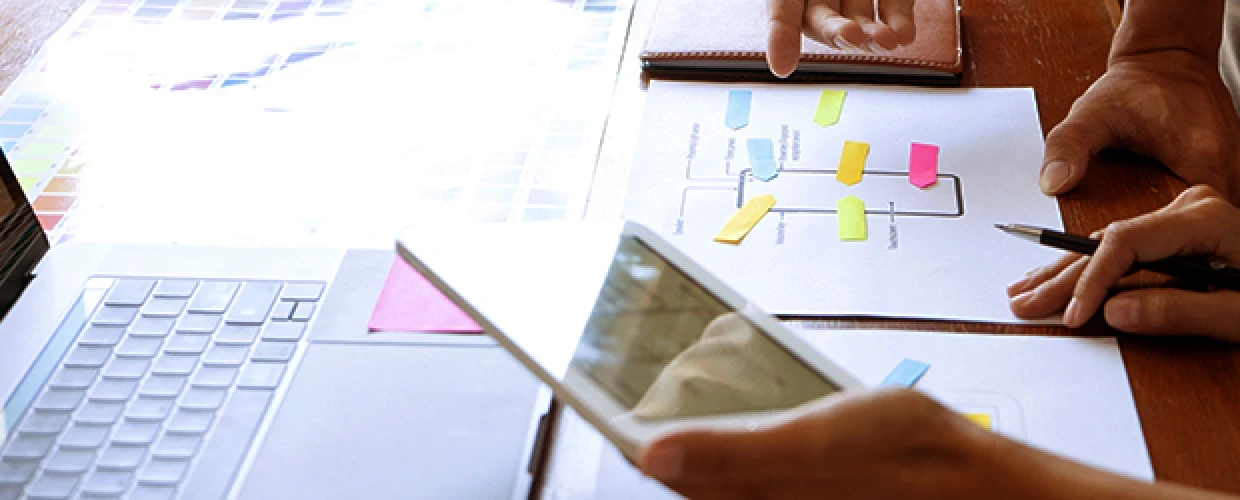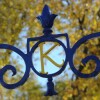The definition of “product designer” as a professional role can be a bit ambiguous. Job titles naturally change over the years as technology and culture change, and because creative professionals such as designers typically want to stand from their peers.1 The title “product designer” is one that has risen in popularity in recent years. Because the job responsibilities of a product designer can overlap those of similar roles such as a user experience (UX) or user interface (UI) designer, even people who work alongside them may not be sure exactly what the job of product designer entails.
What a Product Designer Is Not
A product designer is not a UX designer,2 although there are many similarities between the two roles. Both roles consider the end user’s needs as a primary focus. Many of the tools and techniques they use, such as wireframing and iterating, frequently overlap. Professionals may change careers from one of these fields to the other because the skill sets are similar and the responsibilities look the same on paper. The big difference is how they approach solving problems, and what they prioritize. In short, a UX designer and a UI designer are focused on solving one particular aspect of a problem—how a user will interact with it. But a product designer needs to look at it from a broader perspective.
What a Product Designer Is
A product designer is a problem-solver who focuses on developing the best process to create a product that addresses people’s needs.3 Product designers must be open-minded, willing to rework and reevaluate their own designs, and collaborative members of a team—all while keeping the end user in mind.1
Product designers utilize some of the same skills and knowledge of UX and UI designers, but they also need to take a broad, top-down approach to their work. A product designer’s priorities go beyond whether the product itself works well at solving a problem. While that is still an important consideration, product designers must also keep in mind the effectiveness of the process used to create the product, the efficiency and cost of creating the product, and how the product suits the brand of the organization that created it.2
How Product Design Works
The process of product designing follows what can be called good design thinking.4 It can be a complex process requiring a great deal of iteration and patience, but the steps generally look the same overall, even if the specifics vary from day to day.5 As with all user-focused design, it is a constant process of testing and improvement, seeking to find better and better solutions to a problem before settling on the best available solution.
Product designers must be able to:
- Identify the problem.
- Research the audience.
- Draft initial potential solutions.
- Build prototypes of these early ideas.
- Test the prototypes with users.
- Analyze data from the tests, and revise the prototypes.
- Continue testing and iterating the product.
- Partner with other departments, such as marketing and engineering, to launch the product, once it has been refined to be as functional, cost-effective and on-brand as possible.
- Measure the effectiveness of the product with real users once it has launched.
How to Become a Product Designer
If you’ve already been working as a UX designer for several years, you may very well have many of the skills you need to succeed as a product designer. You’ll need to prove that you’re comfortable looking at a product from a higher-level perspective, but all of your UX strengths will serve you well in product design.
The right education is also a key to succeeding in a UX or product design career. A degree in UX design is an outstanding way to develop the skills you’ll need to succeed as a product designer. It’s also a versatile degree that can be used for other career paths related to UX and product design.
If you’re interested in becoming a product designer, the online MS in UXD program from Kent State University is an excellent place to start. You’ll collaborate in small classes and build a portfolio of your work that will make you a strong candidate in your job search, whether you seek to become a product designer, a UX designer or any other similar role.
Sources:
- Retrieved on November 17, 2019, from austinstartups.com/what-is-a-product-designer-who-cares-eb38fc7afa7b
- Retrieved on November 17, 2019, from careerfoundry.com/en/blog/ux-design/what-is-the-difference-between-a-ux-designer-and-a-product-designer/
- Retrieved on November 17, 2019, from uxdesign.cc/what-is-product-design-d95cd5339f5c
- Retrieved on November 17, 2019, from smashingmagazine.com/2018/01/comprehensive-guide-product-design/
- Retrieved on November 17, 2019, from medium.com/hubspot-product/explain-it-like-im-5-what-is-a-product-designer-121aad98c047





